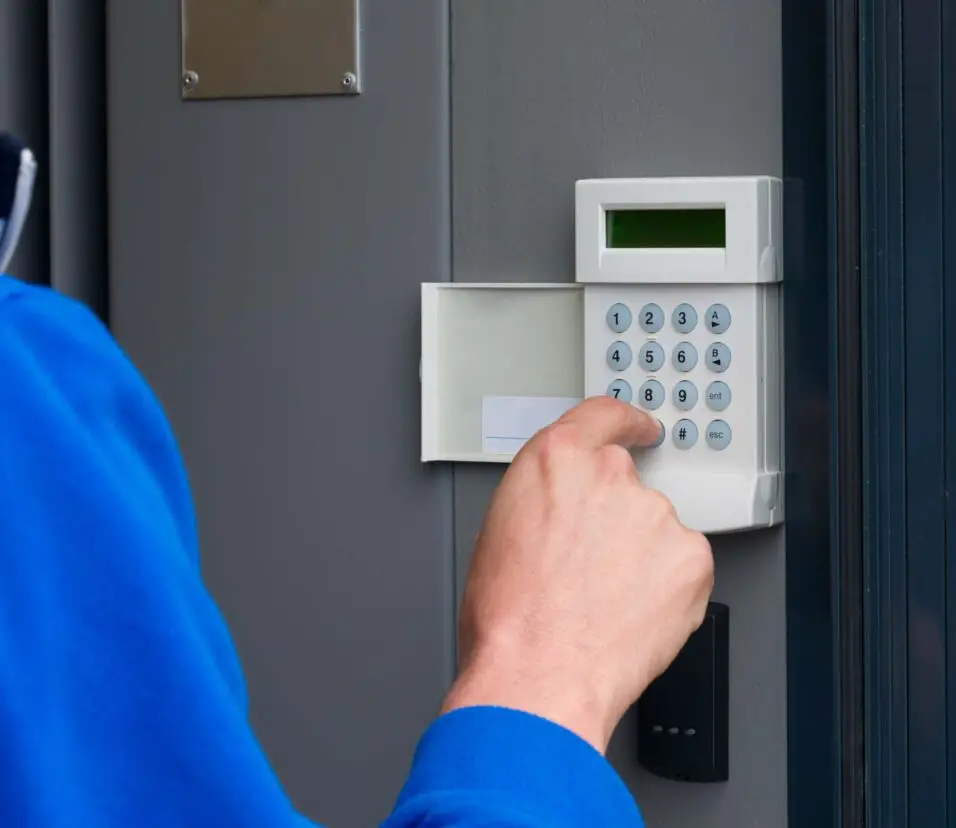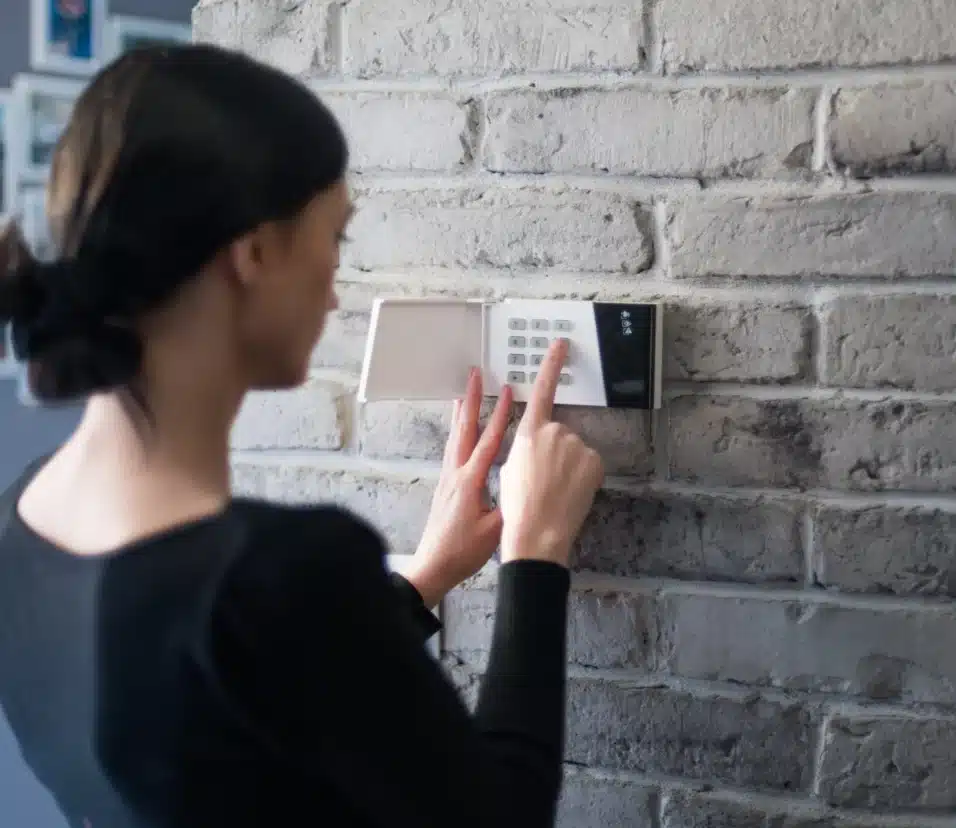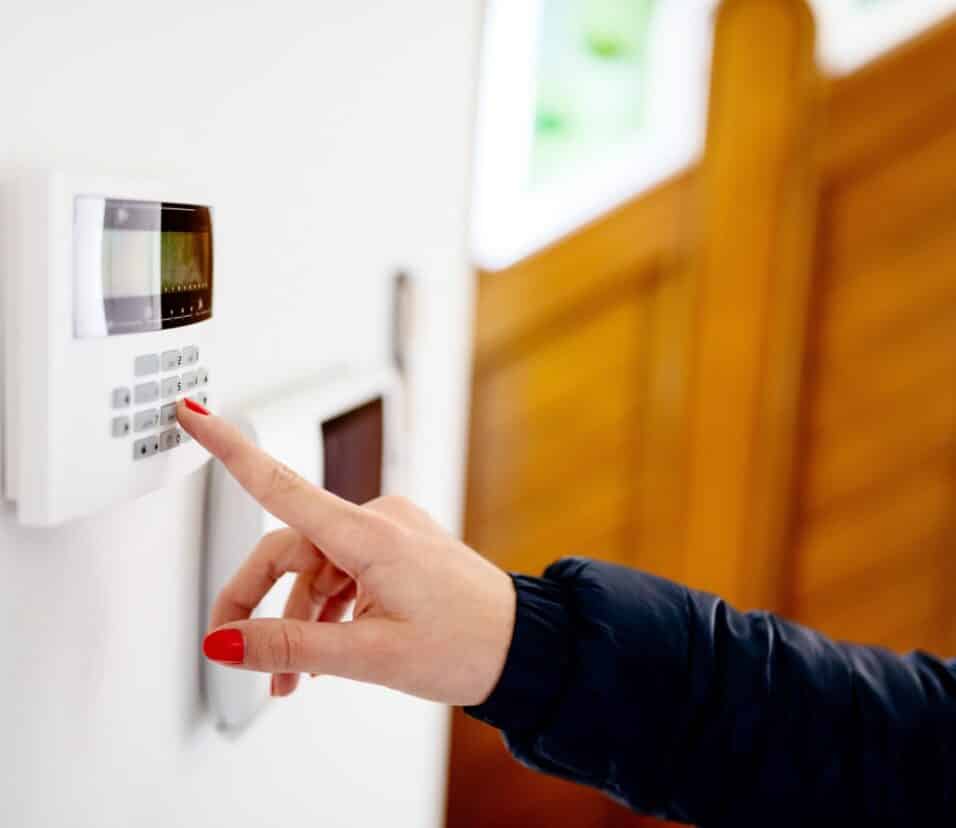How Long Do Surveillance Cameras Record
Introduction
How Long Do Surveillance Cameras Record: Surveillance cameras have become an integral part of our modern society, with their presence being felt in various public and private spaces. These cameras serve as a deterrent to crime and provide valuable evidence in the event of an incident. However, one question that often arises is how long do surveillance cameras record This factors that determine the recording duration of surveillance cameras and shed light on this commonly asked question.
The second thing that affects how long security cameras record is their resolution and frame rate. Videos from cameras with a higher quality are more detailed, but they take up more space on your computer. Similarly, cams with higher frame rates record more frames per second, which makes playing videos smoother but also needs more space. As a result, cameras with lower frame rates and resolutions may be able to record for longer periods of time than their more advanced peers.
Last but not least, the video mode chosen can also change how long a surveillance camera records. Most security cameras have more than one way to record, like recording all the time, recording when motion is detected, or recording at set times. The continuous recording mode keeps recording video all the time, which can quickly fill up the storage. Motion detection recording, on the other hand, only records when motion is noticed, which saves space. The recording method you choose can have a big effect on how long surveillance cameras record.
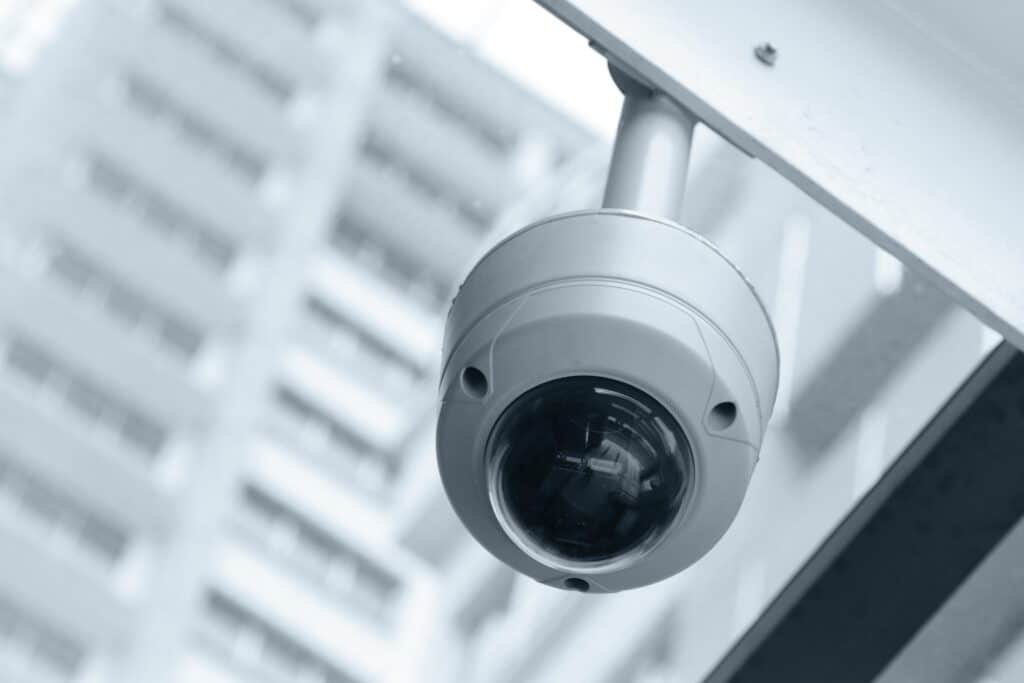
Do surveillance cameras record all the time?
There are surveillance cameras in many public places, companies, and even homes, and they have become an important part of our daily lives. These cams keep people from committing crimes and record important information in case something bad does happen. But a question that comes up a lot is whether security cameras record all the time.
The answer to this question relies on how the surveillance system is set up and what it is used for. Some security cameras record all the time, but others may only record when they sense motion or certain events. This difference is important because it affects how much storage space is needed and how well the tracking system works.
Continuous recording is often used in high-security places that need to be watched all the time. No matter what time it is, these cameras record and store video, so nothing goes unseen. This kind of surveillance is often used in public places like banks, government buildings, and other private areas. When these cameras see movement in their field of view, they are set to begin recording. Stores, parking places, and neighborhoods all use this method all the time.
To keep in mind that the length of time that surveillance footage is kept can change based on the system options and storage space. Some systems may delete old videos after a certain amount of time, while others may keep it for longer. The rules and standards for using surveillance cameras also affect how long the recordings last.
Can I get CCTV footage from 5 years ago?
Yes, it is possible to obtain CCTV footage from 5 years ago, but it may not be an easy task. The availability of footage from such a long time ago depends on various factors, including the retention policies of the CCTV system, the storage capacity of the system, and the specific circumstances surrounding the request.
Firstly, it is important to note that not all CCTV systems retain footage for extended periods of time. Some systems may only store footage for a few days or weeks before it is automatically overwritten.
Even if the footage is still available, there may be legal and privacy considerations that need to be addressed before it can be released. Depending on the jurisdiction and the nature of the footage, there may be restrictions on who can access it and for what purposes. It is important to consult with legal professionals to ensure compliance with applicable laws and regulations.
How long can a security camera see?
The visual range of a security camera depends on a variety of features. Generally speaking, security cameras have a range of anywhere between 10 and 70ft during the day. Some advanced night-vision security cameras have a range of 100-200ft!
The resolution of a security camera plays a crucial role in determining how far it can see. Higher resolution cameras, such as those with 4K or 8K resolution, can capture more details and provide clearer images even at longer distances. On the other hand, cameras with lower resolutions may struggle to capture clear images beyond a certain distance.
The field of view of a security camera also affects its ability to see. Narrower field of view cameras, on the other hand, may provide more detailed images but cover a smaller area. Obstacles or obstructions in the camera’s line of sight can also limit its visibility.
How much memory do surveillance cameras have?
Let’s get started with some fundamentals of good CCTV storage. Essentially, CCTV storage varies broadly between the range of 6GB and 6TB. Firstly, the memory capacity of surveillance cameras can be influenced by the type of camera being used. There are different types of surveillance cameras available in the market, ranging from analog cameras to digital IP cameras.
Secondly, the memory capacity of surveillance cameras can also depend on the storage options available. These cameras usually have a limited amount of memory, which can range from a few gigabytes to several terabytes.
This allows for additional memory capacity, as the recorded footage can be stored in these external devices or online servers. The memory capacity in these cases can be virtually unlimited, depending on the storage options chosen.
Lastly, the memory capacity of surveillance cameras can also be influenced by the recording settings and duration. Higher resolution and frame rates require more memory to store the video footage. Additionally, longer recording durations will also require more memory capacity. Therefore, the memory capacity of surveillance cameras can vary depending on the specific recording settings and requirements.
Do cameras keep recording if the internet is off?
Cameras are now an important part of our lives, whether we use them for safety or to record special times. What the answer is will depend on the camera and what features it has. If this happens, the camera will start recording again as soon as the internet link is back up and running.
One the other hand, there are cams that can record even when they’re not connected to the internet. Most of the time, these cameras have storage built in, like an SD card, where the video is saved locally. One problem with them is that you need to be connected to the internet to use them. If you disconnect cameras that connect to the internet, they will stop recording. Cameras that have storage built in will keep recording locally. Before you buy a camera, you should carefully think about what it needs to do and what it can’t do.
There are usually limits on how long surveillance cameras can record continuously, which are set by a number of factors. One of the most important things is how much space the camera has. A hard drive or memory card, which can be different sizes, is built into most security cameras. The camera can record nonstop for longer without having to overwrite old recordings if it has more storage space. The video quality and compression choices on the camera are another thing that affects how long it can record continuously.
Can surveillance cameras be set to record for specific time intervals?
Yes, surveillance cameras can be set to record for specific time intervals. This feature allows users to customize the recording schedule according to their needs. By setting specific time intervals, users can ensure that the cameras are only recording during the desired periods, optimizing storage capacity and reducing unnecessary footage.
Setting specific time intervals for recording can be particularly useful in scenarios where surveillance is only required during certain hours of the day or specific days of the week. For example, in a retail store, the cameras can be set to record only during business hours to monitor customer activity and prevent theft. This not only helps conserve storage space but also makes it easier to review footage during relevant timeframes.
Are there any limitations on the storage capacity of surveillance cameras for recording?
When it comes to the storage capacity of surveillance cameras for recording, there are indeed some limitations to consider. The amount of footage that can be stored on a surveillance camera depends on several factors, including the camera’s resolution, compression settings, and the size of the storage device being used.
Most surveillance cameras come with built-in storage, such as a hard drive or SD card, which can vary in size. These built-in storage options typically have a limited capacity, ranging from a few gigabytes to several terabytes. The higher the resolution and the longer the recording duration, the more storage space will be required.
However, it’s important to note that surveillance cameras can also be connected to external storage devices, such as network-attached storage (NAS) systems or cloud storage services. These external storage options can greatly expand the recording capacity of surveillance cameras, allowing for longer periods of continuous recording.
Do surveillance cameras have the capability to overwrite old recordings once the storage is full?
Yes, surveillance cameras have the capability to overwrite old recordings once the storage is full. This feature is commonly known as “”loop recording”” or “”cyclic recording.”” When the storage capacity of the camera is reached, it will automatically start overwriting the oldest footage with the newest footage. This ensures that the camera can continue recording without the need for manual intervention to delete old recordings.
Loop recording is a crucial feature for surveillance cameras, especially those used for continuous monitoring. It allows the camera to capture and store footage continuously without the risk of running out of storage space. By overwriting old recordings, the camera can maintain a constant recording cycle, ensuring that the most recent events are always captured.
Are there any options to extend the recording duration of surveillance cameras through external storage devices?
Using external storage devices is one way to extend the amount of time that security cameras continuously record. It is possible for many surveillance camera systems to link to external hard drives, network-attached storage (NAS) devices, or cloud storage services. These external storage options give you more room to store recorded videos, so you can record continuously for longer.
By connecting an external storage device to the surveillance camera system, users can successfully increase the amount of space available for storage and make recordings last longer. People who need to record for longer amounts of time will find this especially helpful, like in high-security areas or for businesses that need to keep footage for a long time.
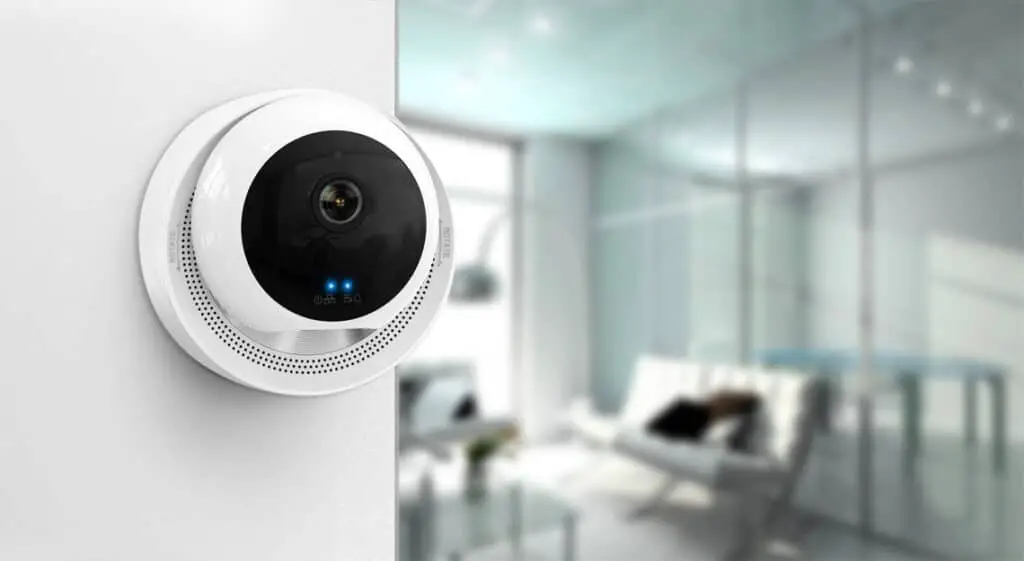
Conclusion
The duration for which surveillance cameras record varies depending on several factors. These factors include the type of camera, the storage capacity of the recording device, and the settings configured by the user or system administrator. It is important for individuals and organizations to carefully consider their specific needs and requirements when determining the recording duration for their surveillance cameras.
Some surveillance cameras are designed to continuously record footage, while others may only record when motion is detected. Continuous recording cameras typically have larger storage capacities and can record for extended periods of time, ranging from several days to several months. On the other hand, motion-activated cameras record conserve storage space by only recording when there is activity in the camera’s field of view. This can significantly extend the recording duration, as the camera is not capturing footage during periods of inactivity.
Additionally, the storage capacity of the recording device plays a crucial role in determining the recording duration. Cameras that are connected to a network video recorder (NVR) or a digital video recorder (DVR) can benefit from the larger storage capacities offered by these devices. NVRs and DVRs can store footage for weeks or even months, depending on the size of the hard drive or the number of hard drives installed. Lastly, the settings configured by the user or system administrator can also impact the recording duration. Users can adjust settings such as video quality, frame rate, and resolution to optimize storage space and extend the recording duration. Lowering the video quality or frame rate can reduce the amount of storage space required, allowing for longer recording durations. However, it is important to strike a balance between storage optimization and maintaining sufficient video quality for effective surveillance.





